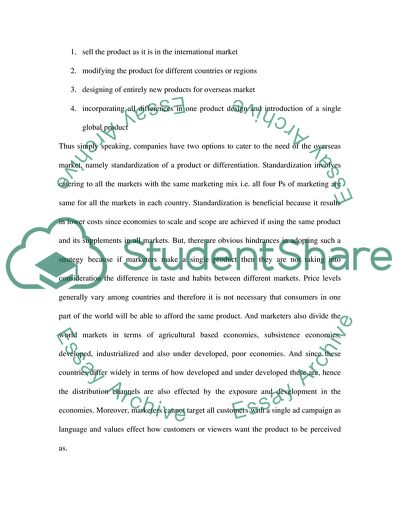Cite this document
(“International Marketing Theories Essay Example | Topics and Well Written Essays - 2750 words”, n.d.)
Retrieved from https://studentshare.org/marketing/1541921-international-marketing-theories
Retrieved from https://studentshare.org/marketing/1541921-international-marketing-theories
(International Marketing Theories Essay Example | Topics and Well Written Essays - 2750 Words)
https://studentshare.org/marketing/1541921-international-marketing-theories.
https://studentshare.org/marketing/1541921-international-marketing-theories.
“International Marketing Theories Essay Example | Topics and Well Written Essays - 2750 Words”, n.d. https://studentshare.org/marketing/1541921-international-marketing-theories.


